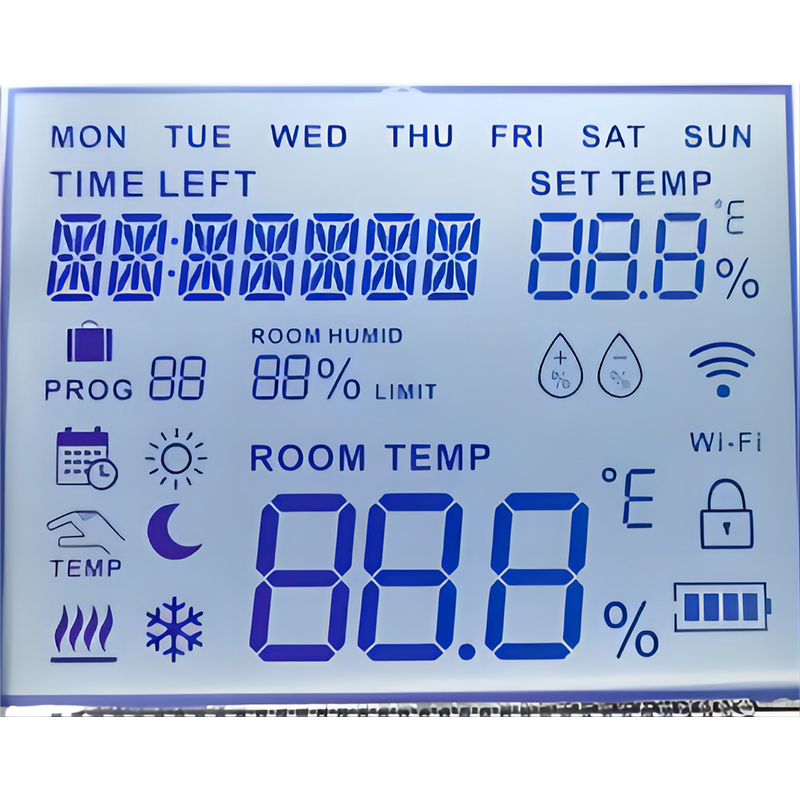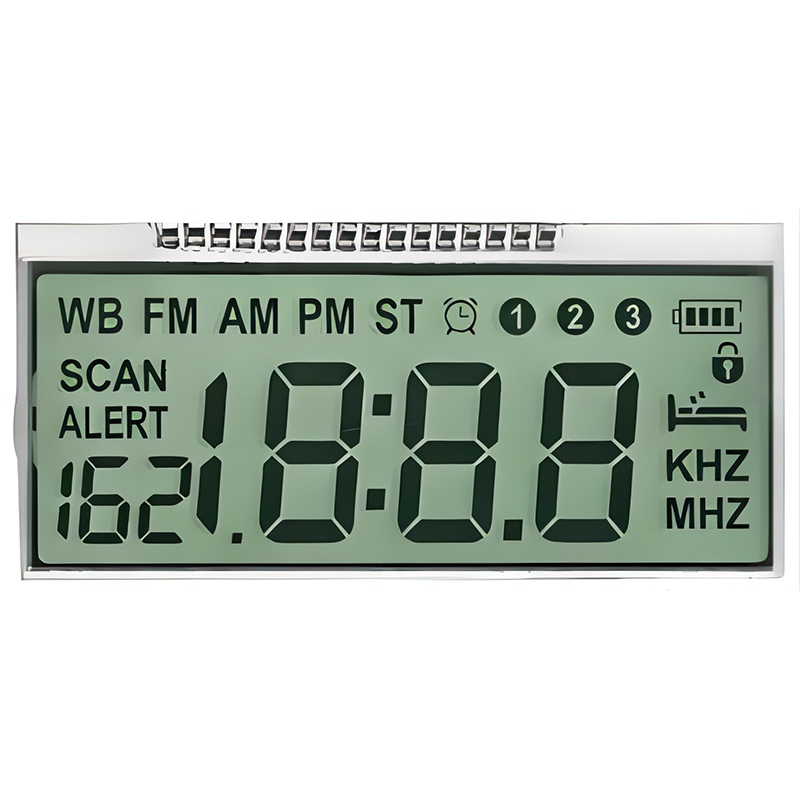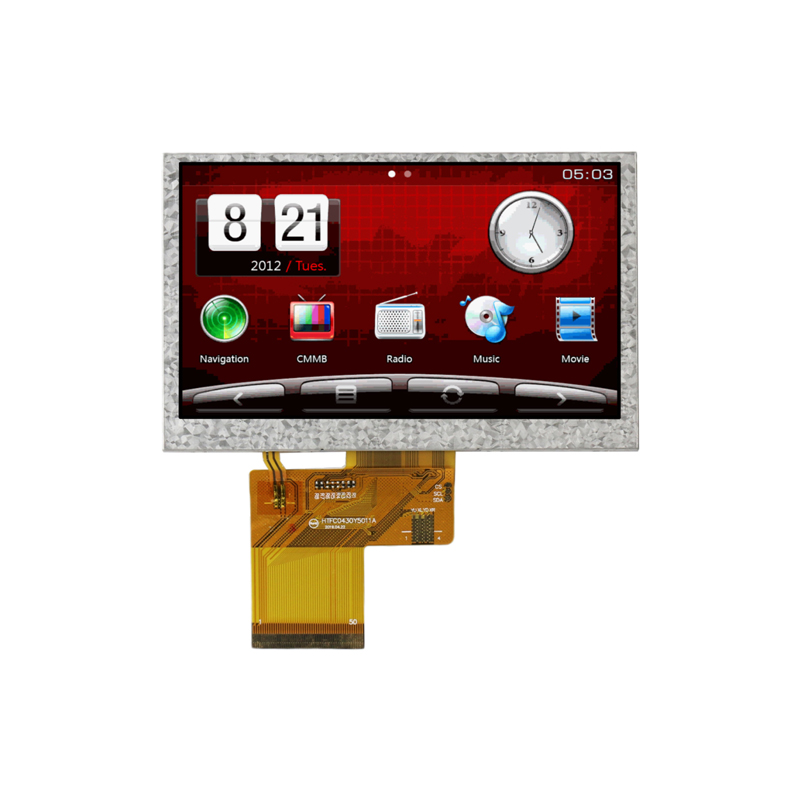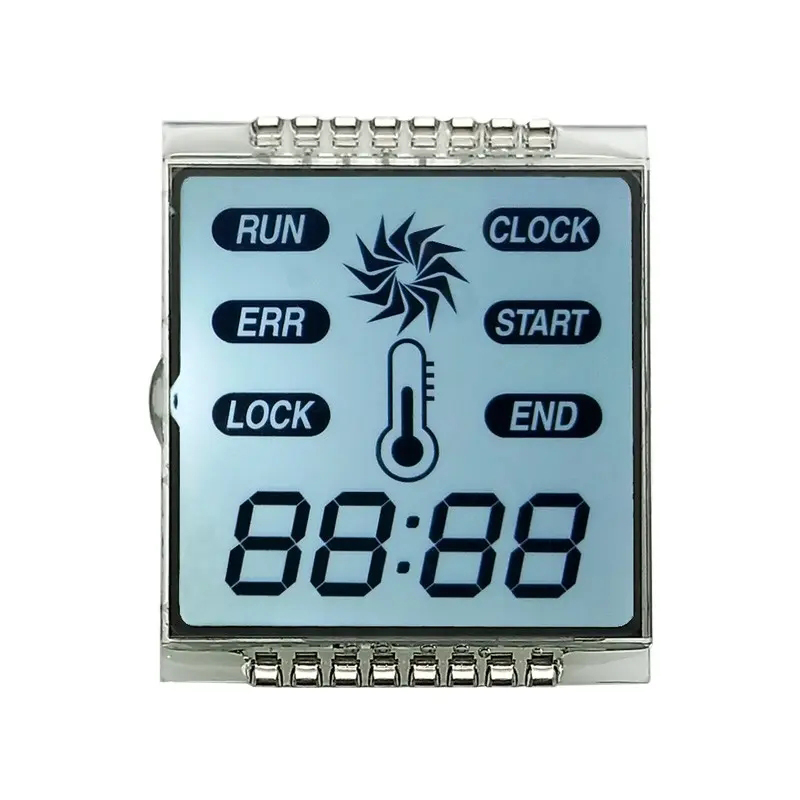
TFT Screen Laptop: A Comprehensive GuideChoosing the right TFT screen laptop can significantly impact your productivity and enjoyment. This guide will help you navigate the world of TFT screen laptops, covering key aspects to consider before making your purchase. We'll explore different screen technologies, resolutions, and features to assist you in finding the perfect fit for your needs.
TFT (Thin-Film Transistor) is a common type of LCD (Liquid Crystal Display) technology used in most TFT screen laptops. TFT screens use transistors to control the individual pixels, resulting in sharper images and faster response times compared to older LCD technologies. While TFT is ubiquitous, understanding its variations is crucial for informed decision-making. For instance, IPS (In-Plane Switching) panels offer wider viewing angles and better color accuracy than TN (Twisted Nematic) panels, often found in budget TFT screen laptops. VA (Vertical Alignment) panels provide high contrast ratios, ideal for media consumption. Knowing these differences will help you choose a TFT screen laptop that meets your specific requirements.
Screen resolution, measured in pixels (e.g., 1920x1080, 3840x2160), directly impacts image clarity. Higher resolutions mean sharper images and more detail. Pixel density (pixels per inch or PPI) also contributes to image sharpness. A higher PPI usually results in a crisper, more refined image on your TFT screen laptop. Consider your typical usage; if you work with graphics or videos, a higher resolution is beneficial. For general use, a Full HD (1920x1080) resolution is often sufficient.
TFT screen laptop sizes range from compact 11-inch models to large 17-inch or even larger displays. The ideal size depends on your preferences and portability needs. Smaller laptops are more portable but offer less screen real estate, while larger laptops provide more workspace but are less portable. Consider how you plan to use your TFT screen laptop – for travel, or mainly at a desk?
Screen brightness, measured in nits (cd/m2), affects visibility in different lighting conditions. Higher brightness is preferable for outdoor use. Contrast ratio, expressed as a numerical value (e.g., 1000:1), determines the difference between the darkest and brightest shades a screen can display. A higher contrast ratio leads to richer, more vibrant colors and deeper blacks.
Response time measures how quickly a pixel changes color, important for gaming and video editing. Lower response times (measured in milliseconds) result in smoother visuals, reducing motion blur. Refresh rate, measured in Hertz (Hz), determines how many times per second the screen updates. Higher refresh rates (e.g., 120Hz, 144Hz) provide smoother motion and are particularly beneficial for gamers. While crucial for specific tasks, many users will find standard response times and refresh rates (60Hz) more than adequate for their TFT screen laptop needs.
The best TFT screen laptop depends on your specific needs and budget. Consider the factors discussed above, carefully weighing resolution, screen size, brightness, contrast, response time, and refresh rate. Do your research and read reviews before making a decision. Remember to check the specifications provided by the manufacturer (such as Dalian Eastern Display Co., Ltd. for potential screen components) to ensure you're getting the features you need.
| Technology | Viewing Angles | Color Accuracy | Contrast Ratio | Response Time |
|---|---|---|---|---|
| IPS | Excellent | Excellent | Good | Generally Good |
| TN | Poor | Fair | Good | Fast |
| VA | Good | Good | Excellent | Generally Good |
Remember to consider your specific needs and budget when selecting a TFT screen laptop. This guide provides a solid foundation for your research, enabling you to make an informed choice that meets your requirements.












